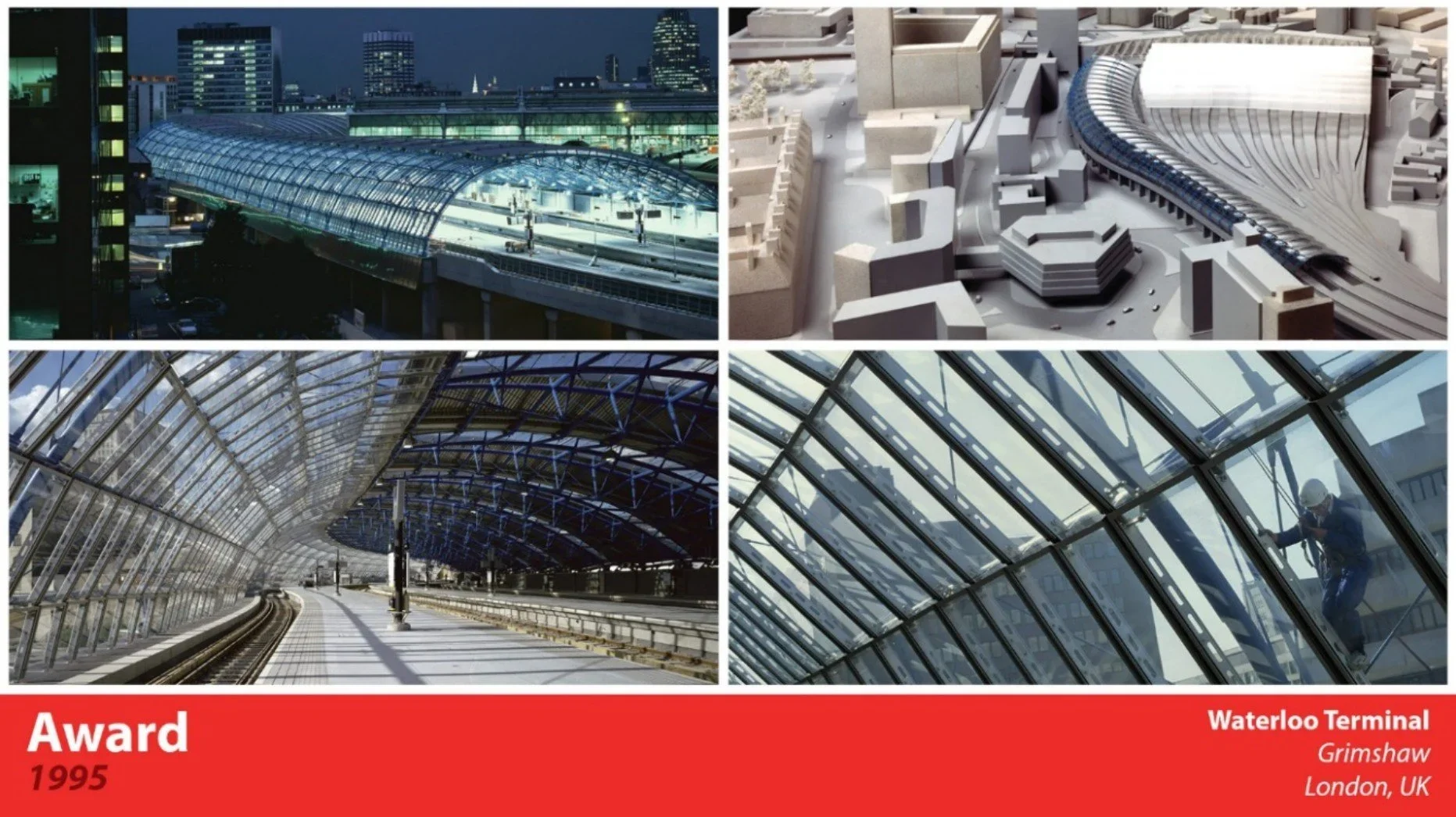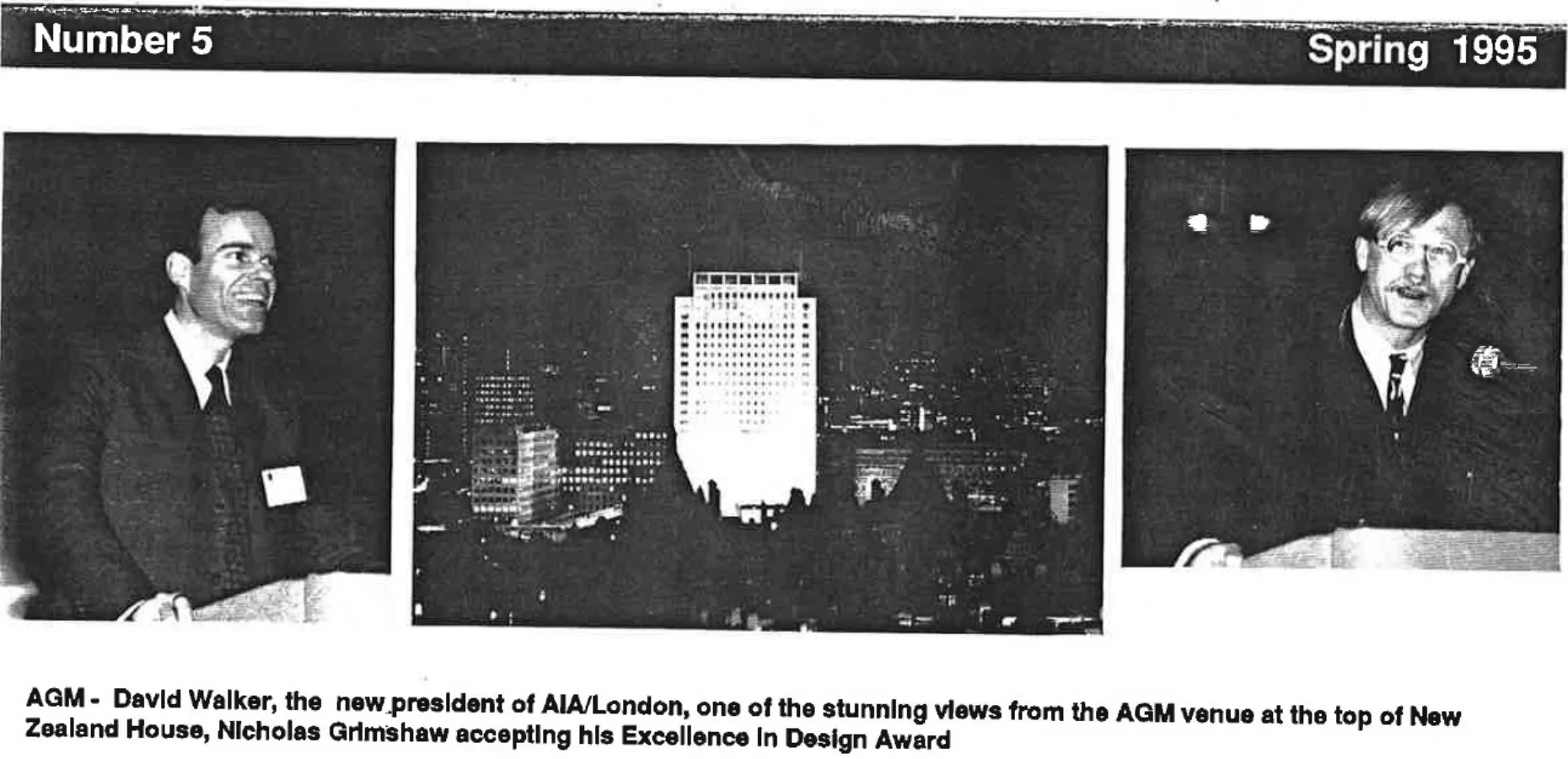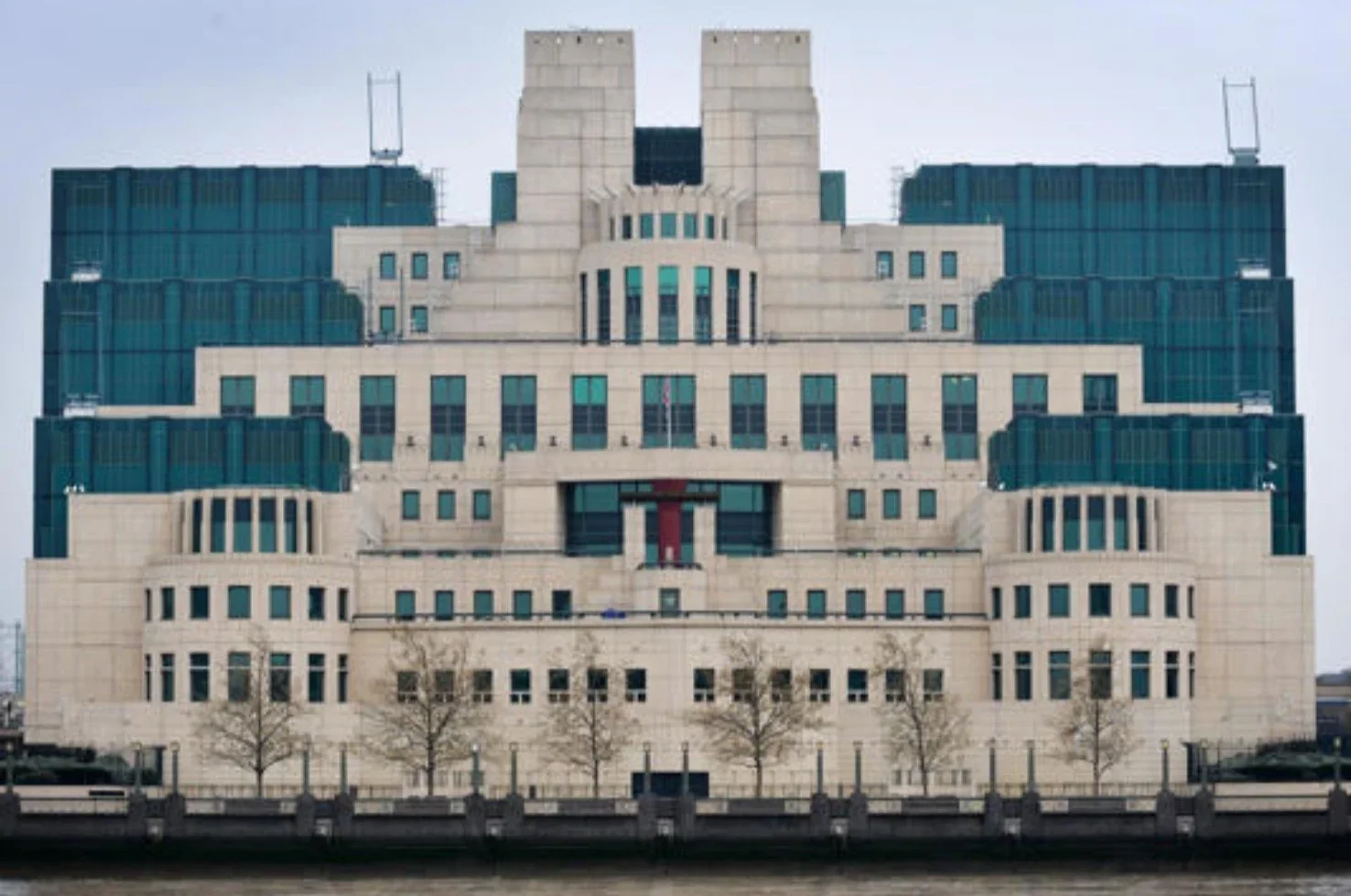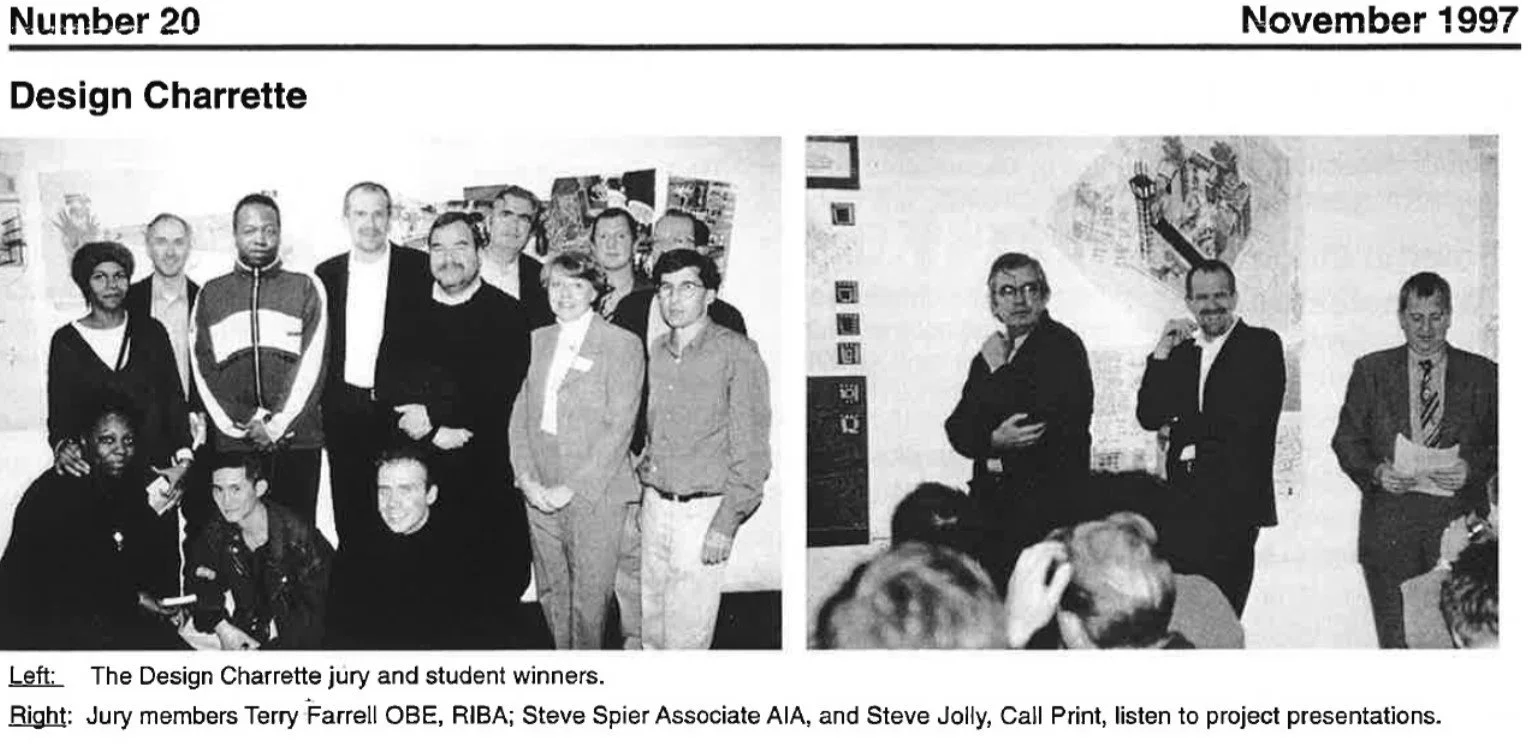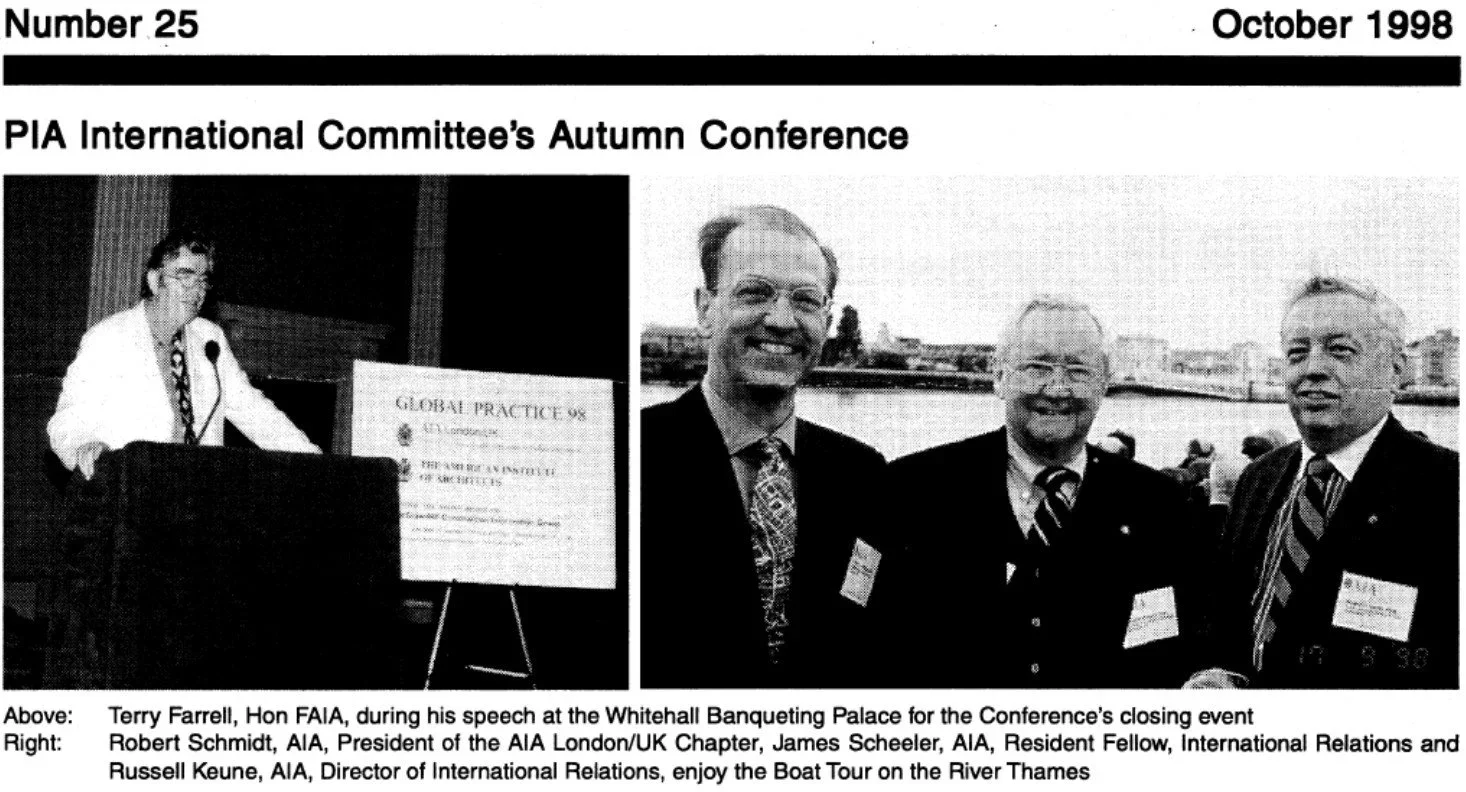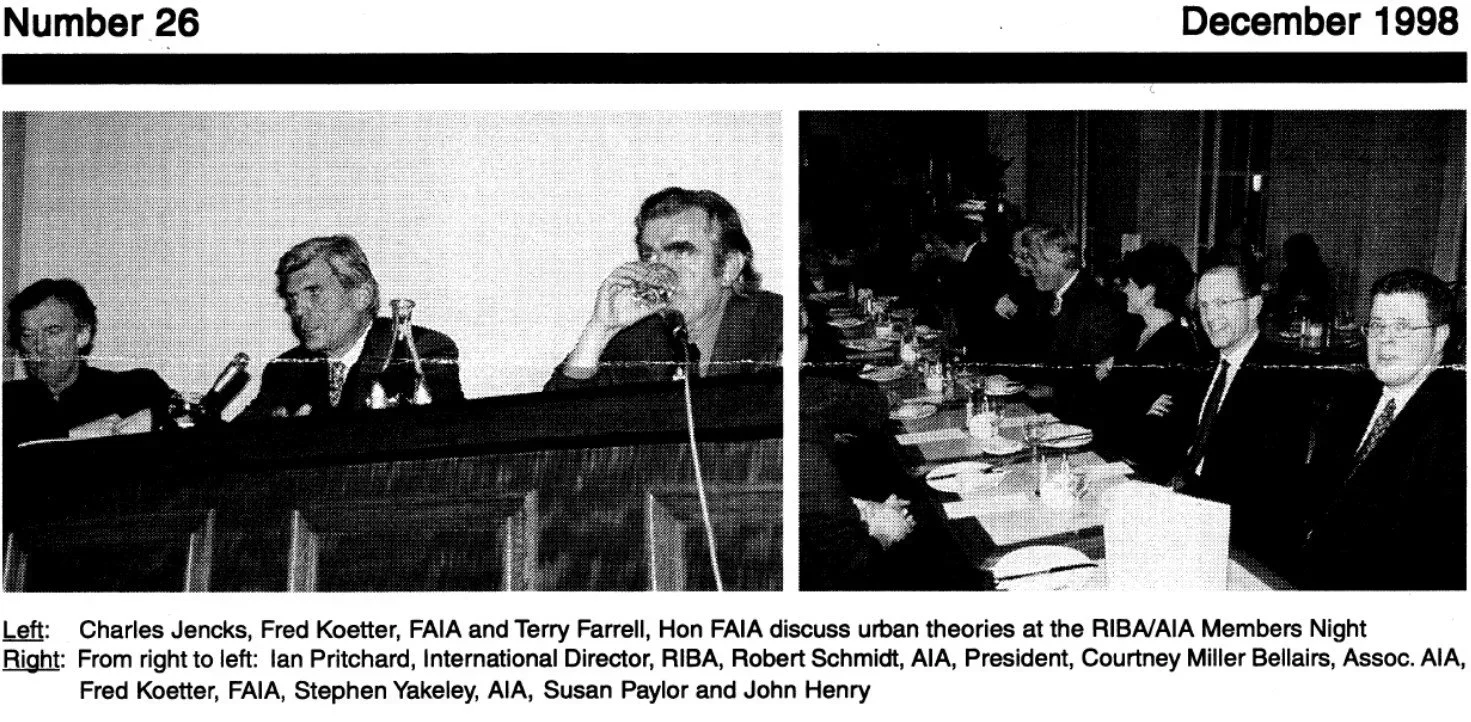AIA UK EDI Event - From Intent to Impact: Designing for Everyone
On October 8th, AIA UK hosted our latest Equity, Diversity and Inclusion focussed event, featuring international Equalities Designer Natasha Trotman.
In her talk, From Intent to Impact: Designing for Everyone, Natasha explored how inclusive and neurodiverse design can transform the built environment when we shift from intent to actionable impact. She unpacked key terminology around neurodiversity and neurodivergence, highlighted the differences between medical, charity, and social models of disability, and emphasised how co-production and intersectionality can foster truly inclusive design outcomes.
Some of the key takeaways included:
Understanding that diversity of minds is the norm, not the exception — there is no one “standard” brain.
The importance of moving beyond compliance to embed inclusion throughout the design lifecycle — from briefing to facilities management.
Applying neuroinclusive principles such as sensory zoning, multisensory wayfinding, and quiet restorative spaces.
Recognising the power of “Nothing About Us Without Us” — engaging people with lived experience as co-producers, not just participants.
Taking practical steps such as sensory audits, inclusive design review panels, and reflective practice to move from awareness to sustained impact.
We thank Natasha Trotman for speaking with the Chapter, and the attendees for their thoughtful engagement throughout the session. It was truly inspiring to see such a mix of perspectives and reflections from across our community. We also want to thank everyone who contributed to the Mentimeter poll - your input will help us shape the themes and direction of our upcoming EDI sessions.
Our next EDI event will take place in the new year — please keep an eye out and follow AIA UK on social media for updates and future talks.
Thank you again for being part of this important and evolving conversation.
Written by Lulu Yang, AIA
AIA UK Remembers - Sir Nicholas Grimshaw and Sir Terry Farrell
While the world’s architectural press lauds the legacy of two architectural giants – Sir Nicholas Grimshaw, Hon FAIA (1939-2025) and Sir Terry Farrell, Hon FAIA (1938-2025) - AIA UK also remembers their critical, poignant support of our Chapter in its long ago early days.
Remembering that the careers of the two men were closely entwined in a partnership from the mid-1960s until 1980, it is fitting that AIA UK honours them both in this combined memorial.
Sir Nicholas Grimshaw
Grimshaw was a pioneer in the high tech architectural movement, as seen in projects such as the Waterloo International Terminal and the Eden Project. He was elected as an AIA Honorary Fellow in 1994.
From an AIA UK perspective, the International Terminal – winner of the Chapter’s 1st Design Awards in 1995 - was one of his most notable achievements. The Award jurors – a distinguished group, including Sir Phillip Dowson, David Leventhal, Rick Mather, Stephen Reinke and Zaha Hadid – described the Terminal as ‘a celebration of movement and technology’…
AIA UK Newsletters #04 and #05, which announced the award, can be read in full HERE and HERE.
Grimshaw Architects maintained connections with AIA UK over the next 30 years, including its hosting of the ‘New York, Ten Years On’ lecture in 2012 by Andrew Whalley (read HERE) and a lecture on the Eden Project.
The practice’s virtual tour of the renovated London Bridge Station in 2022 – one of the best of the covid era - can be watched HERE.
Sir Terry Farrell
Farrell was a key proponent of the postmodernist movement, as exemplified in projects such as the MI6 Building at Vauxhall and the 1980 Venice Architectural Biennale. He was elected as an AIA Honorary Fellow in1998.
From an AIA UK perspective, he is best remembered for his enthusiastic involvement in one of the Chapter’s earliest Student Design Charrettes in 1997. Newsletters #20, which described the event, can be read in full HERE.
As one of a distinguished lineup of speakers, Farrell also joined the AIA Professional Interest Area / International Committee’s 1998 London Conference, addressing the attendees at a spectacular closing diner at the Whitehall Banqueting Hall. With Charles Jencks, Fred Koetter and Rick Mather, he later took part in a memorable AIA/RIBA ‘Urban Head to Head’ seminar.
AIA UK Newsletters #25 and #26, describing the two events, can be read in full HERE and HERE. Although the seminar is recorded in some detail in the article, the lack of a virtual record of what must have been a thought provoking event can only be regretted.
We fondly remember these esteemed architects and the significant contributions they made - both individually and together - to the profession, our Chapter, and the understanding of what architecture can be and can do.
Written by Lorraine King, AIA
AIA UK Design Awards Insights Night
On the 20th of May, the opening night of Clerkenwell Design Week 2025, Iris Ceramica hosted a special event in collaboration with AIA UK. This was a follow-up to the Excellence in Design Awards which were held in April and featured all winners, who provided a brief presentation of their project at Iris Ceramica's showroom and gallery.
Inspiring presentations were followed by an intriguing Q+A focused on project parameters, process and design approach, leading to the design excellence demonstrated by the projects. We congratulate the 2025 winners and thank Iris Ceramica for their ongoing support of the Chapter and the 2025 design awards.
2025 AIA UK Excellence in Design Awards
Each year the AIA-UK recognises architectural design excellence through our annual Design Awards. This year, as we approach the 30th iteration of our awards, the AIA UK Board decided to reshape them in four fundamental ways.
Firstly, acknowledging that we are run by and for UK members, we focussed recognition on the excellence of architecture built in the UK only; historically our awards recognised architecture built anywhere in the world.
Secondly, we were keen to more explicitly acknowledge the positive roles architectural design plays in what it does for the people and places in which it is built, so we created broader categories that emphasise the importance of architectural design as a positive integrated intervention within larger social, political, economic, environmental, and physical contexts; historically we have used the rather blunt categories of scale and/or typology.
Thirdly, we wanted to acknowledge the breadth of architectural practice today, from the smallest of spatial interventions to the largest of regenerative infrastructure and landscape, and so we opened entries to any scale or type of project designed by an architect; historically our awards recognised only a traditional notion of the singular building.
Lastly, and perhaps most importantly, acknowledging the vital role of architects in the climate emergency, we continued to ratchet up the base level of environmental sustainability required for entries. We further integrated sustainable approaches and climate impact across both measurable metrics and more holistic approaches as a key criteria for the selection for all winners, valuing both detailed technical approaches, and strategic design decisions to minimise environmental impact and improve the sustainability of projects and their contexts in the broadest possible sense.
To judge this year's awards we were honoured to have the expertise of a fantastic range of jurors: Alison Brooks (Director and Founder of Alison Brooks Architects, and Chair of the Jury), DaeWha Kang (Founder and Director of DaeWha Kang Design), Edoardo Tibuzzi (Design Director, AKT II Engineering), and Ellie Stathaki (Architecture & Environment Director, *Wallpaper Magazine). The jury convened in-person in April to review a diverse range of projects from across the four nations of England, Scotland, Wales, and Northern Ireland, ranging from a tiny isolated picnic lodge, and single family home renovations in suburbia, to new corporate headquarters, vast science laboratories, major infrastructure projects, and pretty much everything in between.
Taking advantage of the renewed criteria, the jurors firstly rigorously narrowed the entrants down by design excellence in their various contexts. From this selection of projects they collectively decided to award projects in the following categories:
'Beyond The Brief', recognising the project that went far beyond the original brief to create something especially impactful for its contexts:
'Outstanding Conservation Project': recognising the importance of architectural design in carefully and thoughtfully restoring historic projects to be conceptually honest to the original structure whilst also bringing the structure up to current building standards, especially around accessibility and energy performance.
'Outstanding Small Project': recognising the power of architectural design to transform the daily lives of its users in highly constrained sites and contexts
'Innovation & Beauty': the project that exemplified particular innovation in architectural design to create moments of beauty in contexts where design is not commonly present or deemed necessary
'Outstanding Place to Commute’: recognising the fundamental role of design in our transitory spaces and transport infrastructure, to move us not only physically but also emotionally too, creating spaces of movement between places and spaces comfortable, practical, durable, and uplifting.
'Outstanding Adaptive Reuse': recognising the vital importance of reusing existing structures not only to preserve contexts and reduce our environmental impact, but also to give new life to places in meaningful and contextually relevant ways through the act of adaptive reuse.
On a pleasant Spring evening in April we hosted our Design Awards Gala Summer Party at Denys Lasdun's brutalist masterpiece of the Royal College of Physicians on Regent's Park. Our members were delighted to be joined by many colleagues and friends from the RIBA, allied professions, and the media. After fine canapes and free-flowing drinks in the gardens, accompanied by the performances of two exceptional classical musicians from the Royal College of Music, the awards were presented to the following winners:
'Beyond The Brief': Walters & Cohen Architects for Godolphin & Latymer School's Dining, Library and Sixth Form Centre, London, England
'Outstanding Conservation Project': Moxon Architects for the restoration of Queen Victoria's Picnic Lodge, Balmoral, Scotland
'Outstanding Small Project': ConForm Architects for the Terzetto Apartment, London, England
'Innovation & Beauty': Tonkin Liu for the Tower of Light, Manchester, England
'Outstanding Place to Commute': Grimshaw Architects for the Elizabeth Line site-wide design, London, England
'Outstanding Adaptive Reuse': Allford Hall Monaghan Morris for their design and masterplanning roles at Norton Folgate, London, England
(The jurors' comments on the winners can be found on our Design Awards 2025 website page)
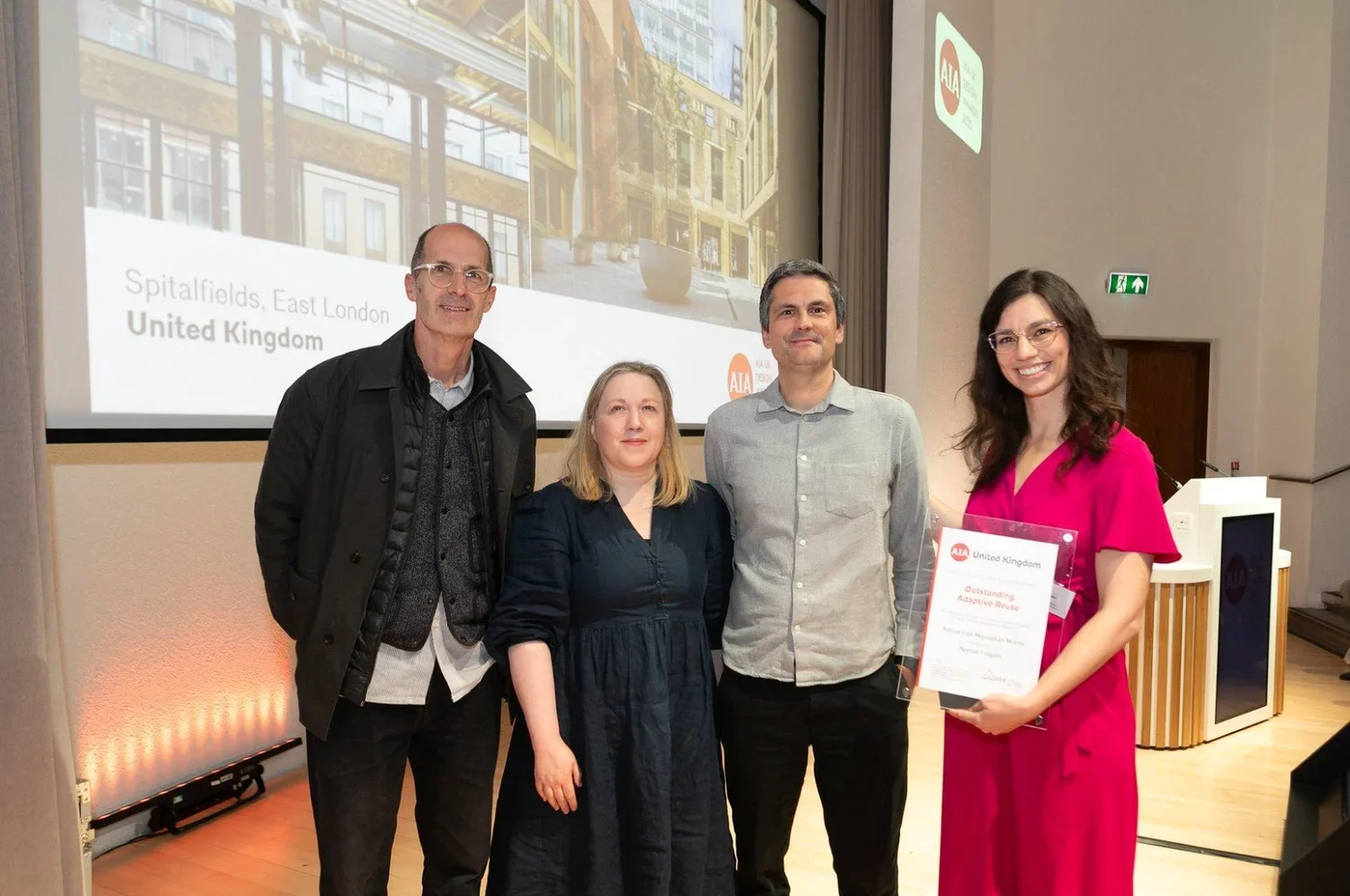
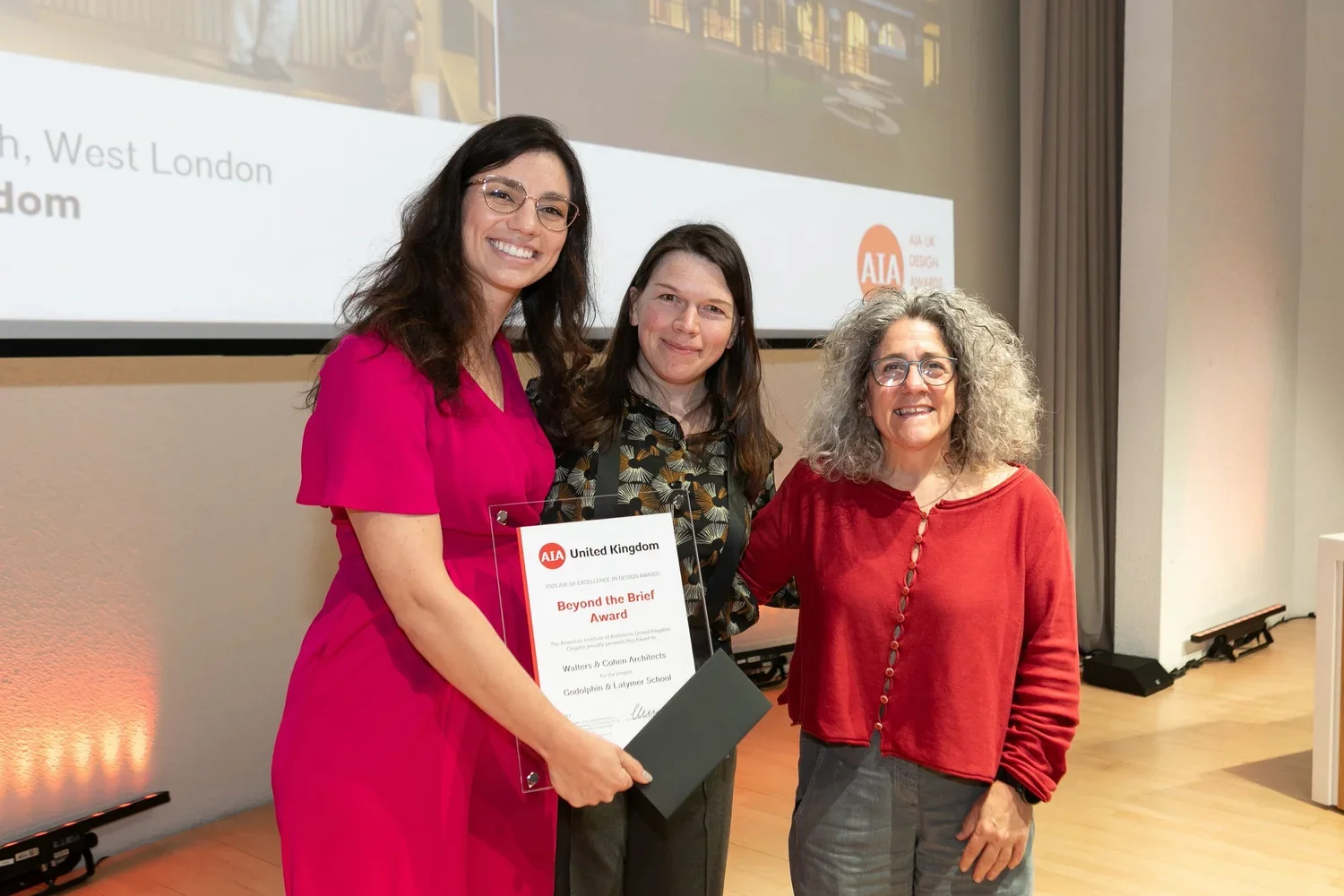
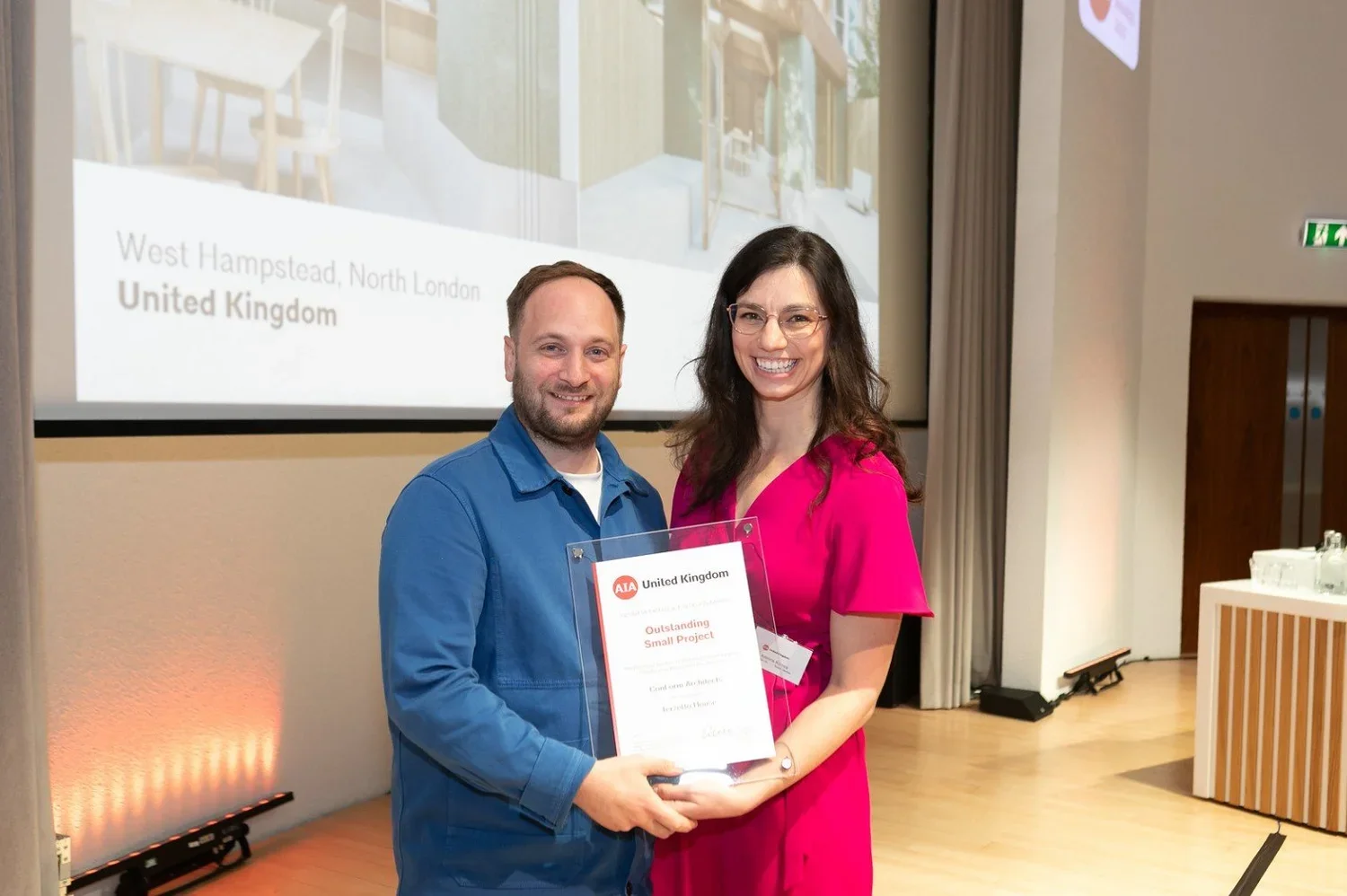
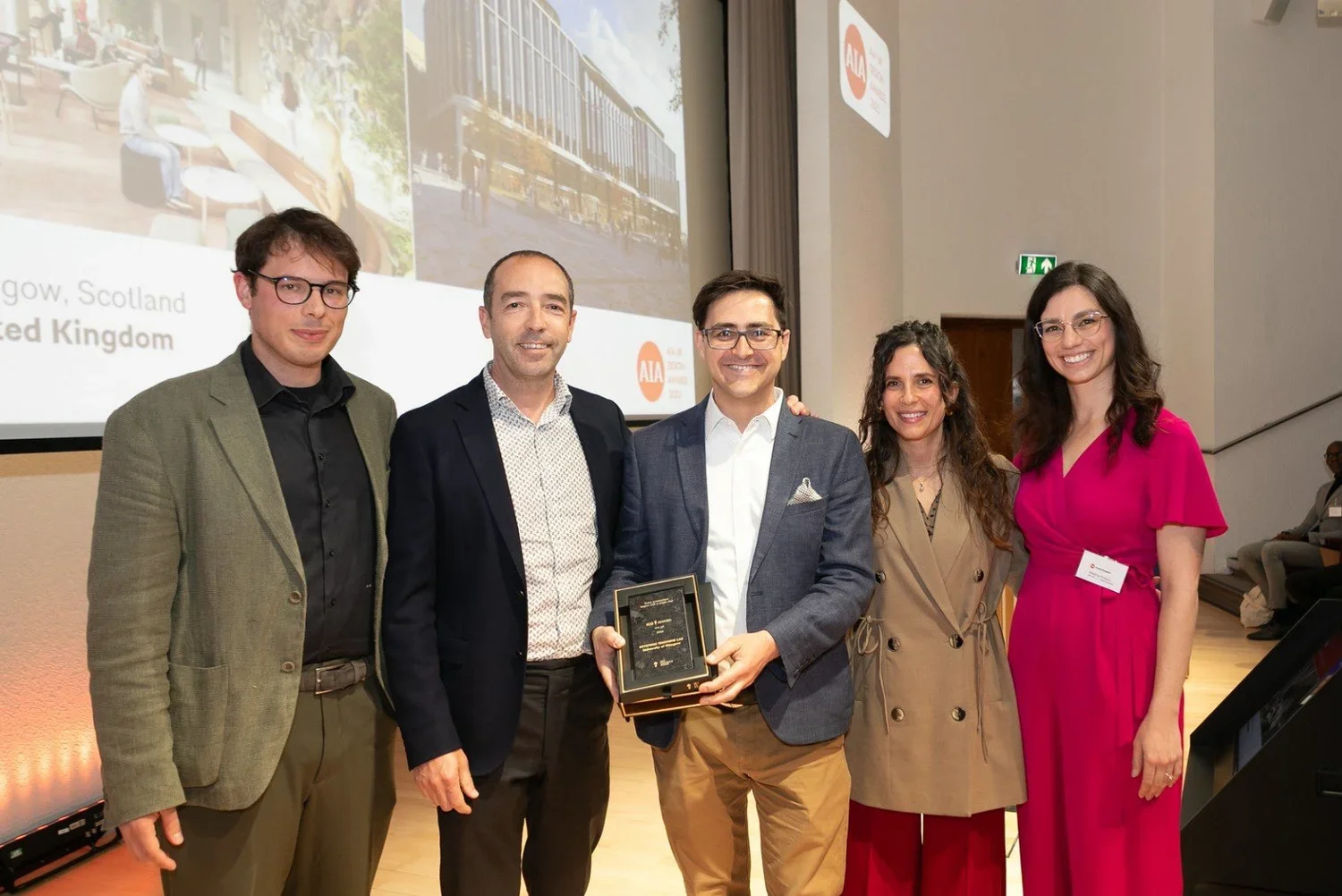
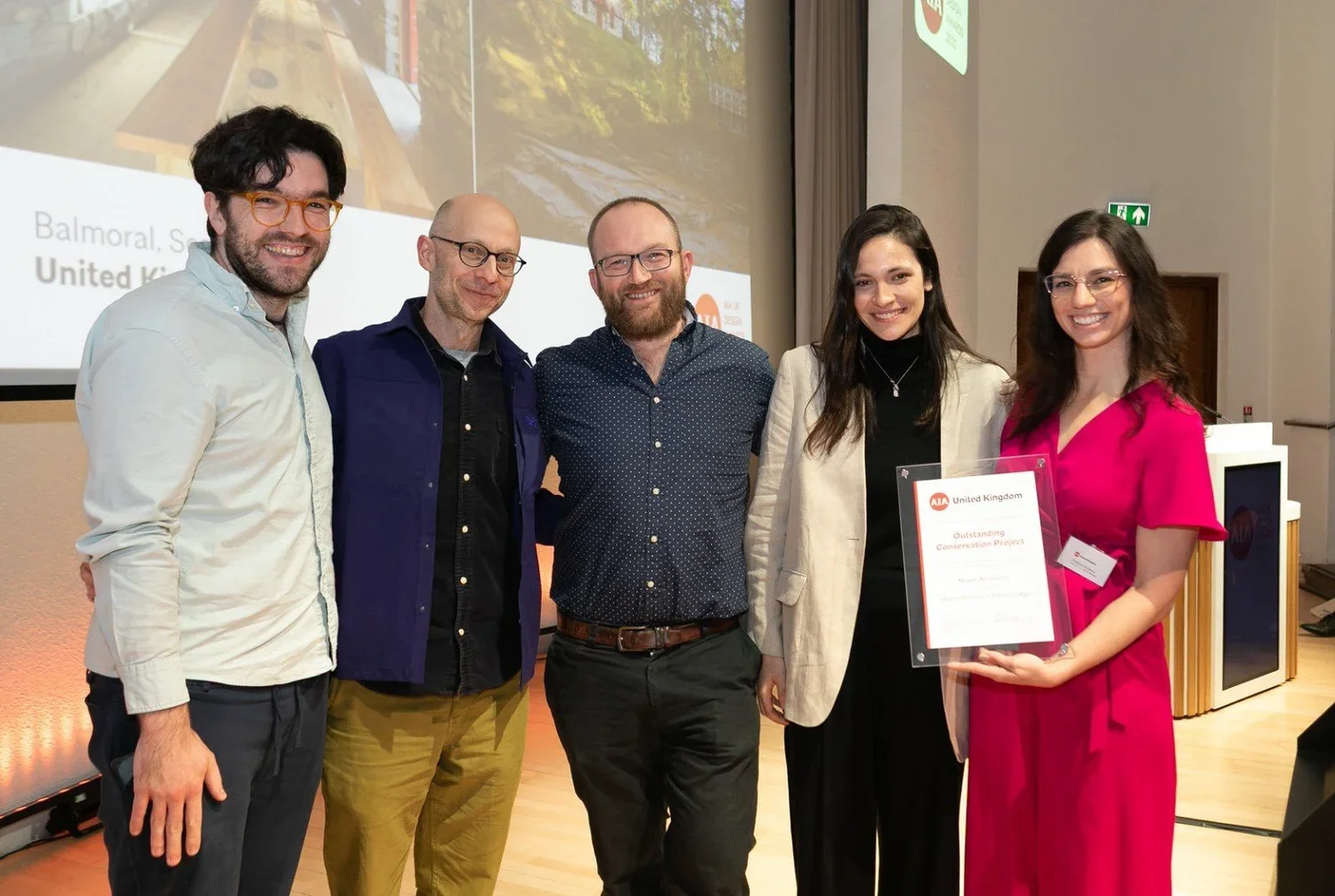
Following the awards ceremony, the party continued in the Royal College and its gardens.
Ultimately our 2025 Excellence in Design Awards were a communal coming together to reassert the vital importance of architects and thoughtful architectural design to improve the world in which we all share. They were a celebration of UK design work across scales and typologies that actively engages with its various contexts and communities as sustainably as possible to positively impact how we live, work, rest, and play everyday, and so help to shape a better world for all.
Our Design Awards are the result of the hard work of many people for many months behind the scenes. We would like to express particular thanks to: our jurors for their dedication, time, and commitment; all the entrants for their time and effort in applying; the Royal College of Physicians for hosting us and providing excellent canapes and drinks; the AIA Board for all their input, help, and logistical support - especially our Vice President Adelina Kolkeva, President Mark E Breeze, Sponsorship Directors Michael Lischer and David Martin, Social Media Director Fiona Edwards, Graphics Director Jamar Rock, and our Chapter Executive Genie Khmelnitski; and lastly, and very importantly, our generous ongoing headline sponsor for the event, Iris Ceramica Group, who have continued to comprehensively and generously support our Design Awards, making it a key signature event in the year.








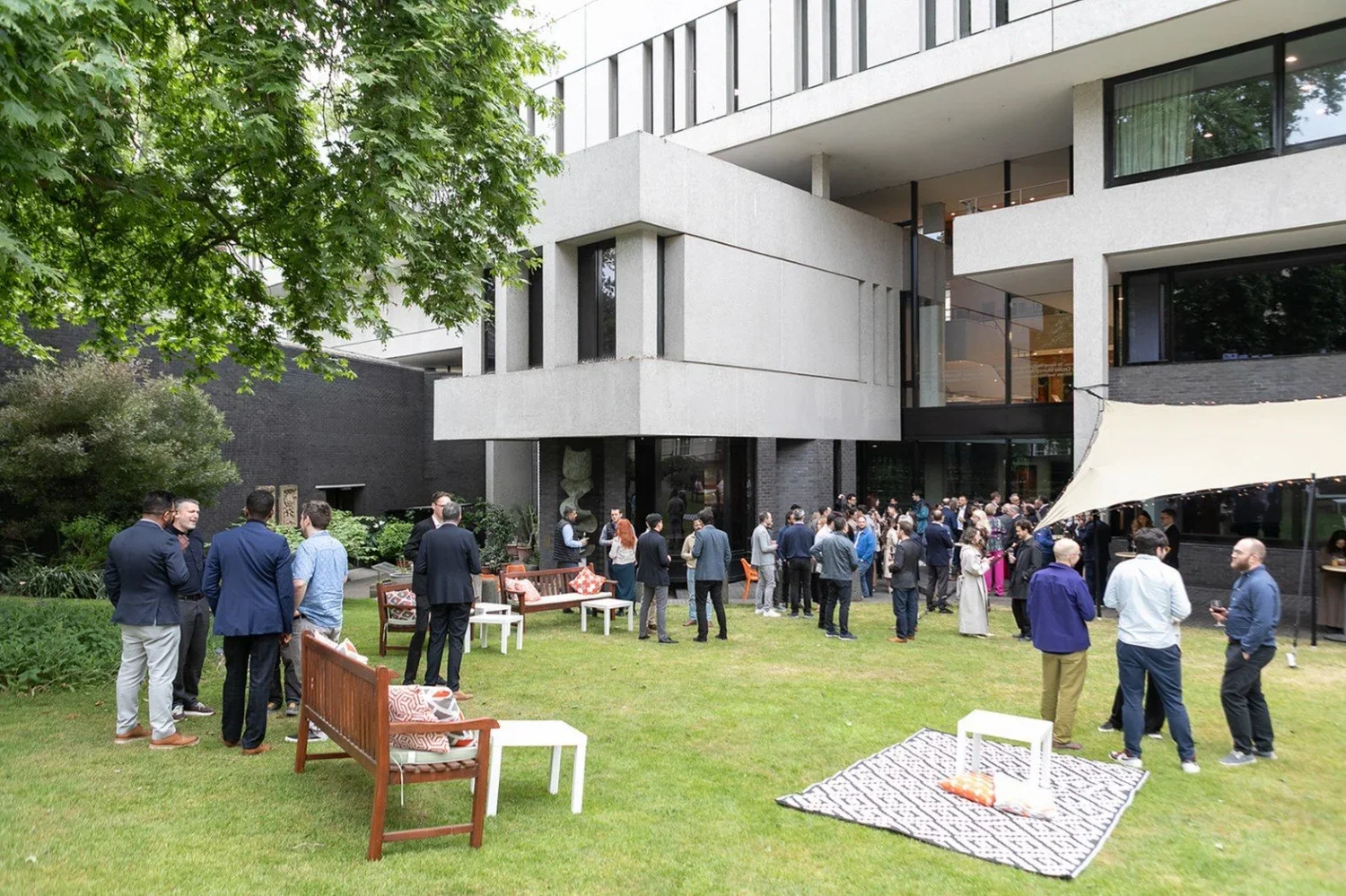
2025 Bike & Sketch Tour / Walton-on-Thames to Richmond
Relaxing at Hampton Court. Photo Credit: S Nalin
Lunch at Hampton Court An AIA UK Bike Tour is not all hard riding, sweat and tears. Sometimes there are breaks for contemplation and enjoyment of the British countryside. Saturday, 28 Jun 2025 proved to be one of the hottest days of the year (to date!) and the shady environs of Hampton Court offered the riders a chance to contemplate, catch their breath, have lunch, cool down and – yes - sketch. Lest we forget, the Bike Tour is also a Sketch Tour, and sketching can be relaxing.
Hampton Court in Full Glory. Photo Credit: B O’Looney
Souvenirs of the Day. Sketch Credits (Left to Right): B O’Looney, G Fonseca, M Yao
Back to the Start at Walton-on-Thames Admittedly, this year’s Bike & Sketch Tour was not all that arduous. It started under the guidance of AIA UK’s favourite guide Benedict O’Looney ARB in Walton-on-Thames with a long downhill ride from the train station to the Thames path. From there to Richmond was flat and easy. It was only the weather that proved difficult and discouraged at least two other potential riders on the day.
Walton-on-Thames – like other small English towns - has its share of obscure historical stories to tell. It is claimed – for example - that Julius Caesar forded the River Thames at Walton on his 2nd invasion of Britain; it is known that Canaletto painted the 1st of 6 Walton Bridges in 1754; and it is documented that the 1st ever baseball game was played nearby in 1749.
Not being able to pursue such stories in person, the Bike & Sketch Tour made its first major stop at a prominent – and very down to earth - heritage site. Walton’s St Mary’s Parish Church is a largely 12th century structure that also contains relics of Saxon material and significant later additions. O’Looney explained the complex history of the church in his usual exquisite detail.
In particular, he was able to highlight an unexpected treat – the superlative 18th century Boyle Monument by Louis-Francois Roubiliac, a French sculpture who worked in England. Roubiliac is described in Wikipedia as ‘probably the most accomplished sculpture ever to work in England’ – an epitaph that is hard to ignore.
Exploring St Mary’s in Walton on Thames, Including the Boubiliac’s Monument. Photo Credits (Clockwise from Top Left): L King, B O’Looney, G Fonseca, B O’Looney
Along the Thames Path to Hampton Court After a search for suitable access to the Thames Path, the riverside ride began in earnest with a chance to enjoy the gentle ambience of river life – pubs and marinas; kayakers and paddle boarders; locks and weirs; bridges and footpaths - the accumulated dynamics of upstream Thames.
Thames Life. Photo Credits (Clockwise from Top Left): E Fitzpatrick, G Fonseca, E Fitzpatrick
As well as his detailed knowledge of ecclesiastical architecture, O’Looney also instils his tours with the economic, social and environmental history found along the way.
For example, Platt’s Eyot seen across a river filled with expensive looking pleasure boats proved to have been an important ship building centre when the Thames was more than just a recreational diversion. In 1904, John Thornycroft set up the Hampton Launch Works on the island where small naval craft and torpedo boats were built during both World Wars. Abandoned since the 1960s, the last remaining factory shed is now sadly decrepit and unlikely ever to be listed.
Platt’s Eyot and the Thorneycroft Works. Photo Credit: S Nalin
After Lunch, Hampton Court Close Up The Thames path from Hampton Court to Kingston held more architectural treasurers, not least of which were the chimney laden rooflines and the back gate to the palace gardens.
Looking Closely at Hampton Court. Photo Credit: B O’Looney and G Fonseca
Meandering Through the Richmond Throngs After Kingston and a quick stop to admire Teddington Lock, the tour continued to Richmond. The Richmond River Terrace – usually filled with boisterous crowds against a backdrop of Quinlan Terry’s faux classical buildings – was a desert of parched grass. The weather was not just hot; it also produced a near desert in SW London. Instead of sitting on the scraggly dunes, the crowds promenaded on the Thames Path. It took skill and courage to manoeuvre bikes safely around the walkers, up the hill, through the traffic to the final destination – Richmond Station.
Richmond Station Although Hampton Court was admittedly a hard act to follow, the renovation of Richmond Station proved the highlight of the Bike & Sketch Tour, given that t O’Looney’s firm – Benedict O’Looney Architects - was the renovation architect on behalf of South Western Railway and the Railway Heritage Trust. As tour guide, O’Looney was able to describe his own project in intimate detail.
Since his work on the Peckham Rye Station (see HERE), O’Looney’s reputation for meticulous historic research and detailing has soared. The art deco façade and – where possible - parts of the booking hall are now being restored to their former glory. Particular attention has been placed on the signage as well as the design and manufacture of a replacement for the front canopy.
Details of the restoration work can be found HERE.
Richmond Station Gets a Facelift. Photo Credits: G Fonseca and L King
This year’s Bike & Sketch Tour was organised by Etain Fitzpatrick AIA RIBA and earned the participants 5 continuing education credits. Due to safety concerns, participation in AIA UK Bike Tour can be restricted. If you are interested in next year’s tour, it is a good idea to book early.
Written by Lorraine King AIA
Design District, Greenwich Peninsula: A Curated Chorus of Creativity
Attendees gather for the tour of the Design District Masterplan. Photo by Hannah Corlett
To mark the start of the second half of 2025, the AIA UK enjoyed an insightful visit to the Design District on Greenwich Peninsula, East London. Held on 3 July, the tour was led by Hannah Corlett—founder of HNNA and master planner of the district alongside Alex Howard of the Design District management team.
Situated within the larger Greenwich Peninsula Masterplan, the Design District represents a bold experiment in curated urbanism. Developed by Knight Dragon and built by Ardmore, the project brings together 16 distinct buildings designed by eight architectural practices each tasked with creating a pair of structures described by Corlett as "brother and sister buildings" or "cousins." The aim: to foster a dynamic community of artists and creatives, with spaces that support both individual work and collective exchange.
Organised as a series of four courtyards and bisected by a central boulevard aligned with the Millennium Dome, the masterplan places emphasis on permeability, informal public space, and architectural diversity. Each architect was given two plots of similar size and brief but was asked to design without knowing the direction others were taking. The result is a strikingly diverse composition that feels, like the work of many hands over decades achieved all at once.
The tour, accompanied by Alex Howard, offered exclusive access to several buildings, showcasing the breadth of internal spatial strategies and design responses across the development. From material palettes to spatial typologies, the variation among the buildings reflects the richness of their authors’ approaches.
This ambitious and well-orchestrated masterplan reveals how coordinated architectural diversity, paired with thoughtful public realm integration, can yield a vibrant, coherent new piece of city where community and creativity are given the space to thrive.
Written by Gregory Fonseca, AIA







